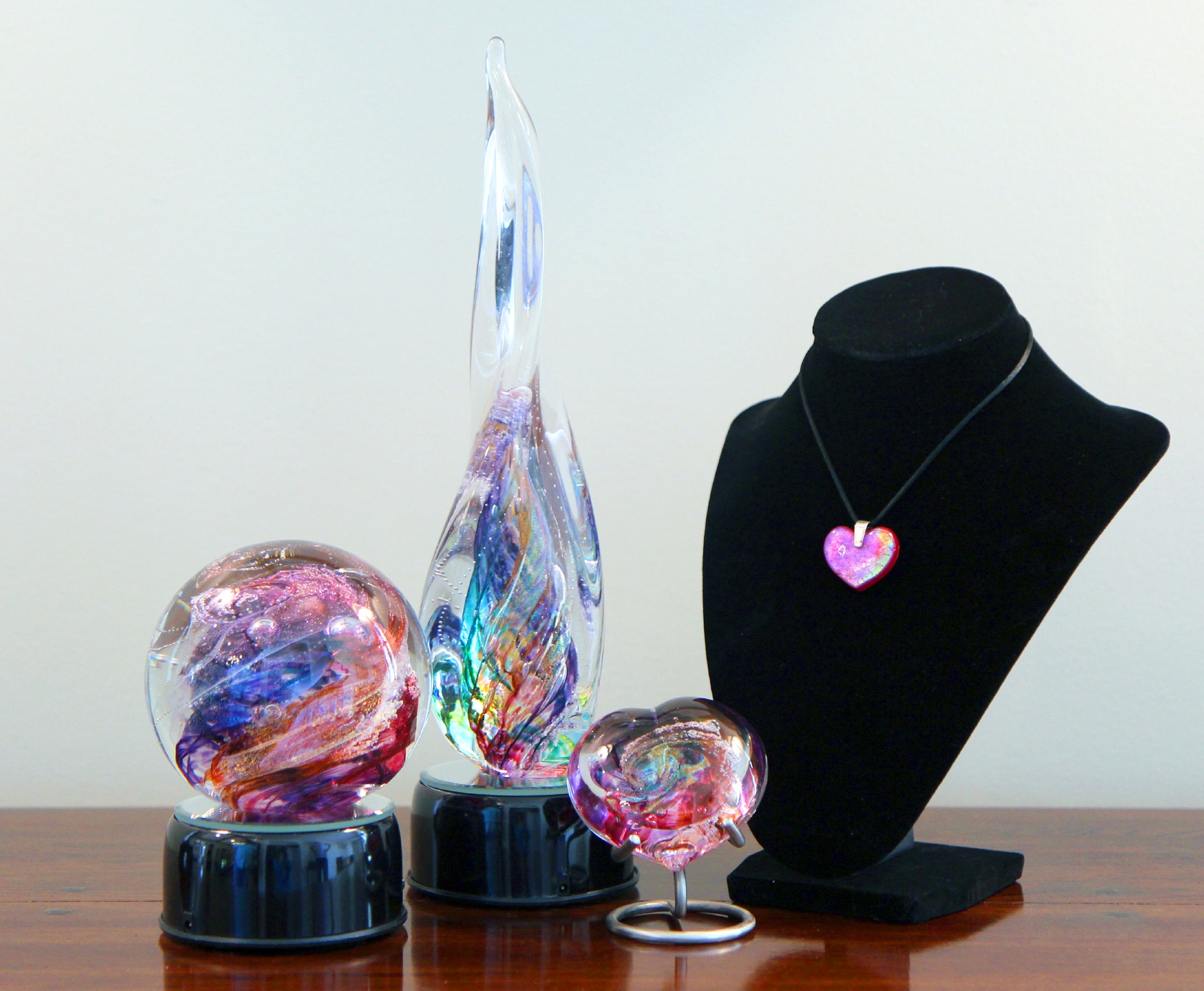When is the next Supermoon (November 2016)?
Published 12:27 pm Friday, October 21, 2016
Get ready — the next Supermoon 2016 will be one to remember.
The second of three supermoons this year is coming in November and it will be the closest to earth of any supermoon in decades. We won’t have another that close until 2034. And, we haven’t had one so far in the 21st century, making this one a super, supermoon.
The next Supermoon date: November 14, 2016. Viewing may be best on November 13, 2016, by the way. So make a note for that day, too.
What is a Supermoon?
From NASA: “The term supermoon has entered popular consciousness in recent years. Originally a term from modern astrology for a new or full moon that occurs with the moon is within 90% of its closest approach to Earth in a given orbit, supermoon now refers more broadly to a full moon that is closer to Earth than average. But why is the moon closer to Earth at some times but not others?
Since the moon’s orbit is elliptical, one side (perigee) is about 30,000 miles closer to Earth than the other (apogee). The word syzygy, in addition to being useful in word games, is the scientific name for when the Earth, sun, and moon line up as the moon orbits Earth. When perigee-syzygy of the Earth-moon-sun system occurs and the moon is on the opposite side of the Earth from the sun, we get a perigee moon or more commonly, a supermoon!
This coincidence happens three times in 2016. On October 16 (the one we just had) and December 14, the moon becomes full on the same day as perigee. On November 14, it becomes full within about two hours of perigee—arguably making it an extra-super moon.
“A supermoon, or perigee full moon can be as much as 14% bigger and 30% brighter than an apogee full moon. However it’s not always easy to tell the difference. A 30% difference in brightness can easily be masked by clouds or the competing glare of urban lights. Also, there are no rulers floating in the sky to measure lunar diameters. Hanging high overhead with no reference points to provide a sense of scale, one full moon looks much like any other.”




